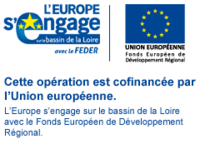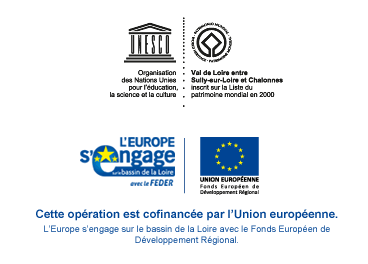- Home
- Act
- Guide pratique - Val de Loire patrimoine mondial et aménagement du territoire
- A heritage impact assessment
A heritage impact assessment
Published on 15 November 2018 - Updated 17 December 2021
The purpose of the assessment is to assess the extent of the changes that the project will bring about and objectively demonstrate whether the project is compatible with the aim to maintain the OUV. It must answer the following questions: Which of the component parts of the Property's OUV are likely to be affected? What changes will the project bring about? Can adverse effects be avoided, reduced, rehabilitated or compensated, and how?
To know...
- L' étude d'impact patrimonial en quelques mots
- L’étude peut concerner un aménagement dans le périmètre du site Unesco ou dans celui des abords appelé « zone tampon ».
- Une méthode a été élaborée en 2010 par ICOMOS (à la demande du Centre du patrimoine mondial).
Over
90%
of local authorities in the Loire Valley have pledged to include the notion of World Heritage in their urban planning documents
Link experiences
Be the first to share your experience: tell us
How to ?
- Call on a specialist consultancy firm to implement specifications whose contents follow the method recommended by ICOMOS;
- Conduct consultations with the project stakeholders as far in advance as possible and, in particular, have the latter approve the different stages, not least the stage defining the project scope, the involvement of each party in implementing this assessment and the skills of the experts sought;
- Draw up an assessment of the OUV that is as exhaustive as possible, by including historical and geographic research, site visits, significant sequences and viewpoints, inter-visibility and terrain modelling. All types of research techniques, from scientific analysis to collection of oral histories and virtual 3D scale models, may be valid and useful;
- Collaboration between the local government departments, the departments in charge (DREAL, DRAC) and Mission Val de Loire World Heritage is preferable to facilitate performance of the HIA.
To assist me
- Mission Val de Loire
- ICOMOS France
- DREAL Centre-Val-de-Loire
- DREAL Pays de la Loire
- DRAC Centre
- DRAC Pays de la Loire
- Service Patrimoine et Inventaire Centre-Val de Loire
- Inventaire général du patrimoine culturel des Pays de la Loire
- CEN Centre-Val de Loire
- CEN Pays de la Loire
- CAUE 45
- CAUE 41
- CAUE 37
- CAUE 49
- AUAO
- ATU
- AURA

![Nouvelles Renaissance(s] 2023](/var/storage/images/val-de-loire-refonte/dossier-de-parametrage/pied-de-page/nouvelles-renaissance-s-2023/517479-13-fre-FR/Nouvelles-Renaissance-s-2023_image_largeur220.png)


 Lettre d'information
Lettre d'information
 Facebook
Facebook
 Flickr
Flickr
 Podcloud
Podcloud
 Dailymotion
Dailymotion
 Box
Box
 Slideshare
Slideshare
 Diigo
Diigo

